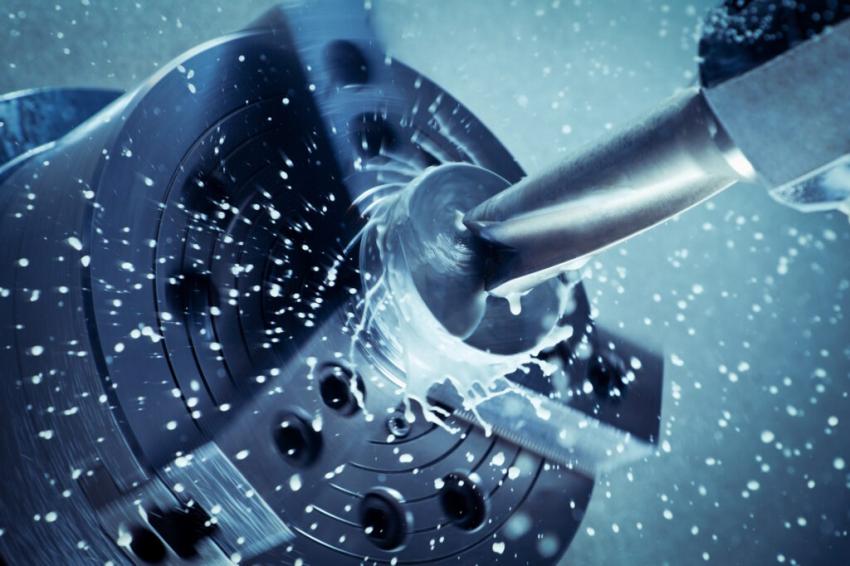
What does CAD/CAM stand for?
CAD/CAM stands for Computer-Aided Design and Computer-Aided Manufacturing. Together, they form a significant part of the advanced manufacturing process.
- CAD is the use of computer software to assist in the creation, modification, analysis, or optimization of a design. It is primarily focused on creating 2D or 3D models, increasing both efficiency and precision in the design process.
- CAM technology helps to automate the production process. It takes the design created with CAD and translates it into instructions that computer numerical control (CNC) machines can understand and execute, thus facilitating precise and efficient manufacturing.
CAD and CAM stand out in the field of manufacturing. To manufacturing professionals, designers, CNC machinists, and engineering students, understanding the significance of CAD and CAM systems is critical.
Synergy of CAD and CAM integration
When CAD and CAM are integrated on the same platform, it creates a seamless workflow allowing instant communication and adjustments between design and production. This synergy enables dynamic adjustments, real-time feedback and collaboration which eliminates redundant steps and positions manufacturers for success in today’s intricate and quickly shifting markets.
The future is now
The landscapes of industries like manufacturing, supply chain management, logistics, and services are increasingly technology-driven, with CAD and CAM being at the forefront. The combination of Dassault Systèmes’ CATIA and DELMIA exemplifies the technological integration essential for staying ahead in the competitive curve.
By merging the creative potential of CAD with the productive prowess of CAM, Dassault Systèmes offers a platform that is not only about meeting today’s demands, but also anticipating tomorrow’s challenges. This is manufacturing at the zenith of technological integration, where innovation breathes life into every blueprint and precision fuels the factories of the future.
